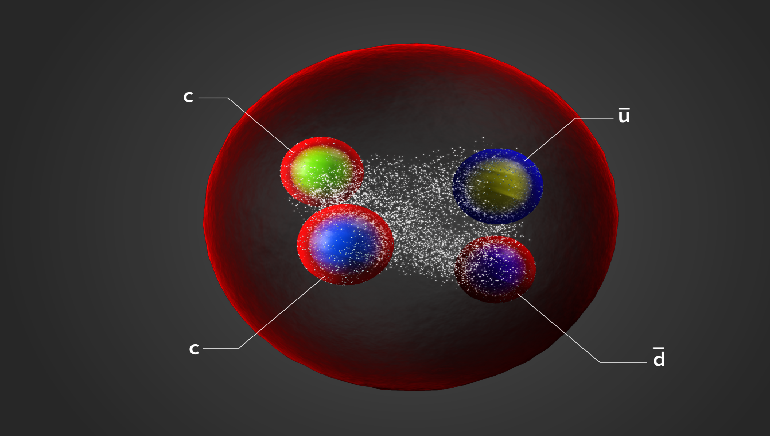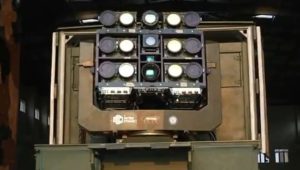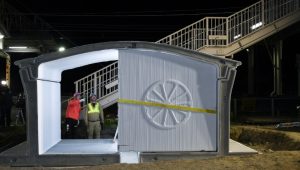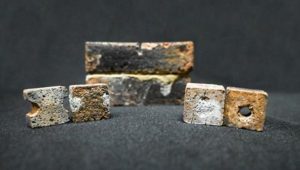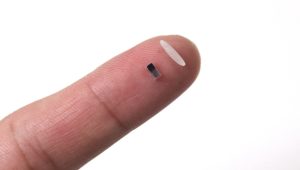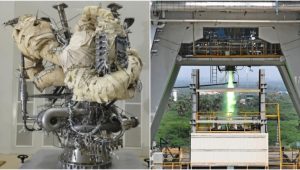Scientists working with the Large Hadron Collider (LHC) have found three subatomic particles, an unprecedented discovery, as they work to access the functionality of the building blocks of the universe, the European nuclear research center CERN said on Tuesday.
The LHC at CERN, 27 kilometers (16.8 miles) long, is the machine that discovered the Higgs boson particle, which in combination with its linked energy field, is paramount to the creation of the universe after the Big Bang billions of years ago.
Now CERN scientists say they have seen a new type of “pentaquark” and the first-ever pair of “tetra quarks”, adding three new particles to the list of new hadrons discovered at the LHC.
This will enable physicists to understand clearly how quarks bind into composite particles.
Quarks are subatomic particles that usually form in groups of twos and threes to form hadrons, such as the protons and neutrons that make up the atomic nuclei.
Quarks rarely combine into four-quark (tetra quarks) and five-quark (Penta quarks) particles.
“The more analyses we perform, the more kinds of exotic hadrons we find,” physicist Niels Tuning remarked in a statement. “We’re witnessing a period of discovery similar to the 1950s when a ‘particle zoo’ of hadrons started being discovered and ultimately led to the quark model of conventional hadrons in the 1960s. We’re creating ‘particle zoo 2.0’.”





